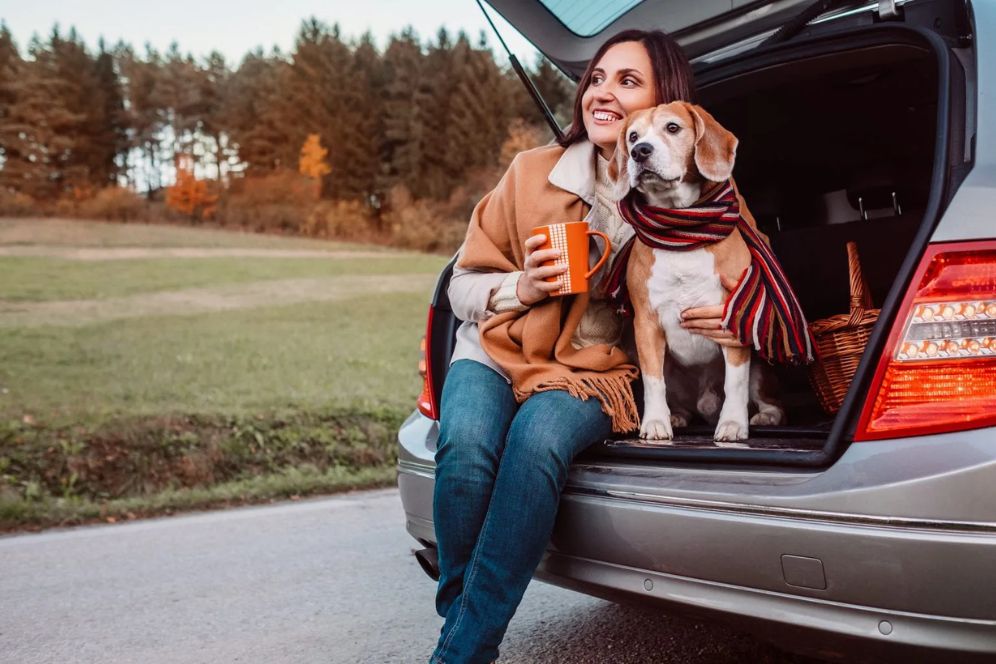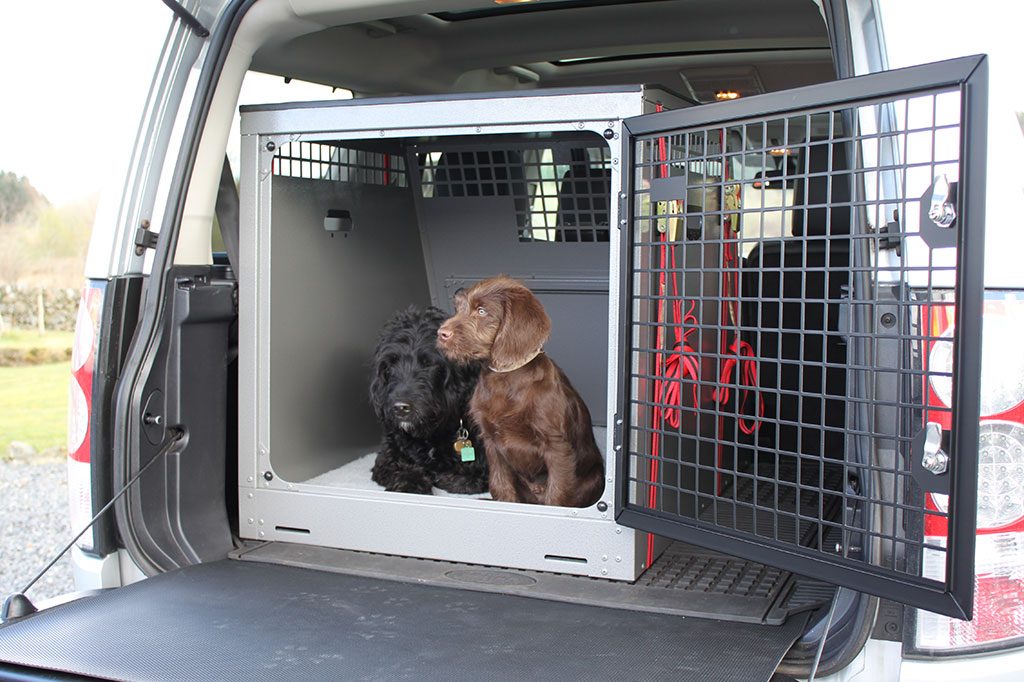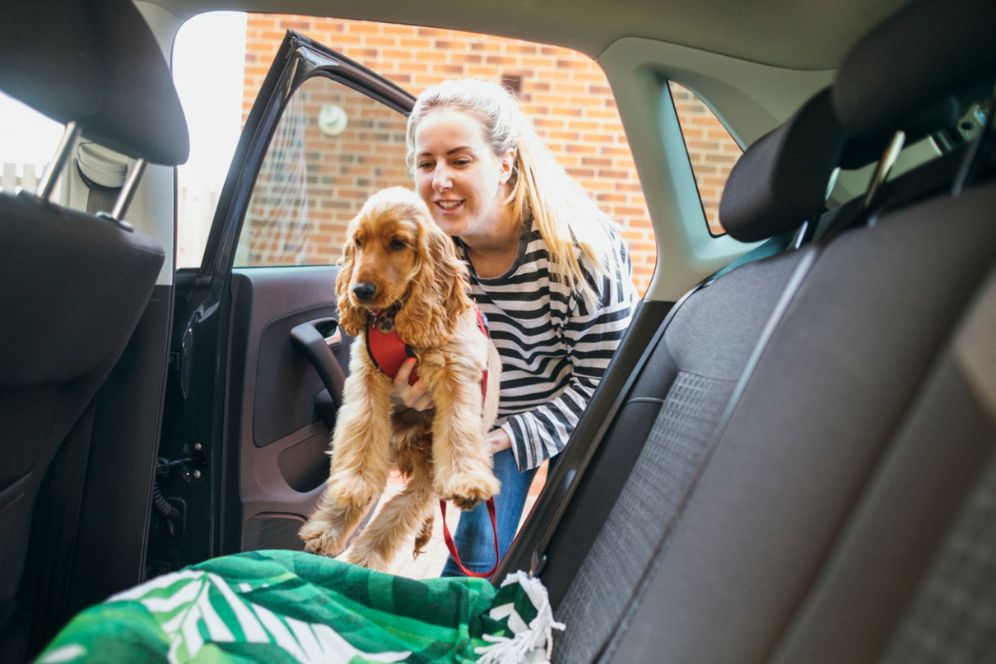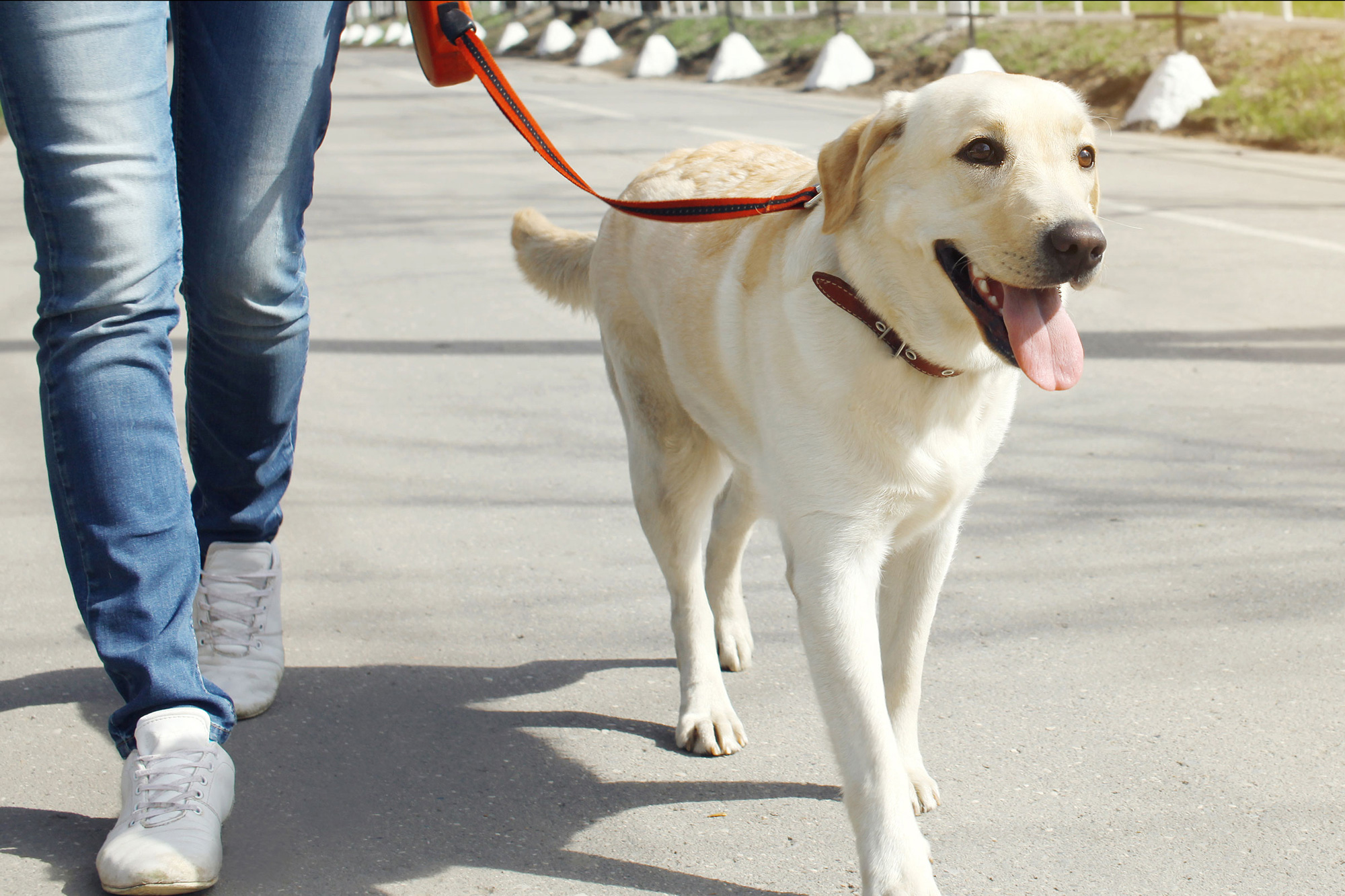Traveling with pets is more common than ever. Whether you’re relocating, taking a vacation, or visiting family, your pet is part of the journey. But pet travel isn’t as simple as putting your furry friend in the backseat or checking them into a cargo hold. It requires planning, understanding, and a little patience to ensure their safety and comfort.
For pet owners considering best pet transport company in St. Petersburg, Fl, knowing the basic do’s and don’ts can help avoid unnecessary stress and make the trip smoother for everyone involved. Below is a guide to responsible and informed pet travel.
DO: Plan Ahead
Before your journey begins, preparation is key.
- Schedule a vet visit: Ensure your pet is healthy enough for travel. Ask about any required vaccinations, travel certificates, and microchipping.
- Understand your pet’s needs: Some pets are anxious travelers. Speak with your vet about ways to keep them calm without resorting to sedation unless absolutely necessary.
- Book pet-friendly accommodations: Not all hotels accept pets. Call ahead or check online reviews to confirm policies.
- Research your transport method: Whether by car, plane, or with pet transport services, understand the rules, fees, and necessary documentation.
DON’T: Wait Until the Last Minute
Traveling with pets isn’t something to improvise.
- Avoid booking travel plans before confirming your pet’s needs are fully covered.
- Don’t assume your pet will “figure it out” during the trip—unexpected behavior or stress can cause real problems in transit.
- Avoid last-minute shopping. Supplies like travel crates, calming sprays, or prescription medications may not be available on short notice.
DO: Secure Your Pet in the Vehicle
If you’re traveling by car:
- Use a crash-tested carrier or a seatbelt harness.
- Place the carrier in the back seat—never in the front seat with an airbag.
- Stop every 2–3 hours for potty and water breaks.
- Keep the temperature comfortable and bring a sunshade if needed.
Using affordable pet transportation services with a reliable safety protocol can also provide peace of mind if you’re not comfortable with long-distance driving.
DON’T: Let Your Pet Roam Freely in the Car
As tempting as it is to let your dog or cat ride shotgun or look out the window:
- It’s dangerous for both you and your pet.
- Sudden stops or accidents can seriously injure an unsecured animal.
- Open windows can lead to injury from debris or the risk of jumping out.
Professional pet transport services often provide climate-controlled, secure environments that reduce these risks.
DO: Learn About Airline Pet Policies
Flying with pets can be complicated. Each airline has its own pet policies regarding:
- Cabin vs. cargo travel
- Pet carrier dimensions
- Breed restrictions
- Documentation requirements
Confirm everything with the airline before booking. Some breeds, particularly brachycephalic (short-nosed) dogs and cats, may be restricted from flying in cargo due to breathing difficulties.
DON’T: Overfeed Before Travel
A common mistake pet owners make is feeding right before departure.
- Feed your pet at least 3–4 hours before the trip.
- Offer water sparingly before and during travel to avoid accidents but prevent dehydration.
- Avoid giving new treats or foods they haven’t had before—you don’t want to deal with upset stomachs mid-travel.
DO: Pack a Travel Kit
Make sure your pet has everything they need during the trip:
- Food and treats (plus collapsible bowls)
- Bottled water
- Medications (with instructions)
- ID tags and updated microchip info
- Comfort items (toys, blanket, or a worn shirt with your scent)
- Waste bags, litter (for cats), and cleaning wipes
Most pet transport services include essentials, but it’s always a good idea to ask what’s provided and bring extras just in case.
DON’T: Forget Identification
Proper identification is a must.
- Make sure your pet’s collar tag has your current phone number.
- Have a recent photo of your pet in case they get lost.
- Use a GPS pet tracker if possible for added security.
Even with affordable pet transportation services, having redundant identification ensures a higher chance of reunion if something goes wrong.
DO: Prepare for Emergencies
Plan for delays, reroutes, or accidents.
- Keep a printed list of emergency vet clinics along your travel route.
- Carry a basic pet first aid kit.
- Have backup plans in case your pet can’t travel as planned (like an alternate pickup option with a friend or relative).
DON’T: Assume All Transport Options Are the Same
Not every service is created equal. When evaluating pet transport services, ask about:
- Experience with your pet’s species or breed
- Vehicle ventilation and security
- Crate requirements
- Communication during transit
- Insurance and health documentation
Trustworthy and affordable pet transportation services will be transparent about their processes and prioritize your pet’s safety.
Final Thoughts
Pet travel doesn’t need to be stressful. With careful preparation and the right travel partners, it can be a safe and positive experience. By following the above do’s and don’ts, you can minimize stress, reduce risks, and enjoy your journey—whether you’re traveling with your pet yourself or choosing a professional pet transport service to assist.
FAQs
-
How early should I book pet transport services?
Ideally, book at least 2–4 weeks in advance to ensure availability and to give yourself time to gather health records or crate train your pet if needed.
-
Are there weight or breed restrictions for pet travel?
Yes, especially for air travel. Brachycephalic breeds like pugs and Persian cats may have limitations. Always check with your chosen pet transport service or airline beforehand.
-
Can I feed my pet during long trips?
Yes, but only light meals. Overfeeding can lead to nausea. Pack familiar food and snacks in your pet’s travel kit.
-
What if my pet gets sick during the journey?
Professional affordable pet transportation services usually have contingency plans and vet access in place. Always ask about their emergency protocols.
-
Is sedation recommended for anxious pets during travel?
Sedation is not usually recommended unless prescribed by a veterinarian. It can sometimes cause more harm than good, especially in air travel.















